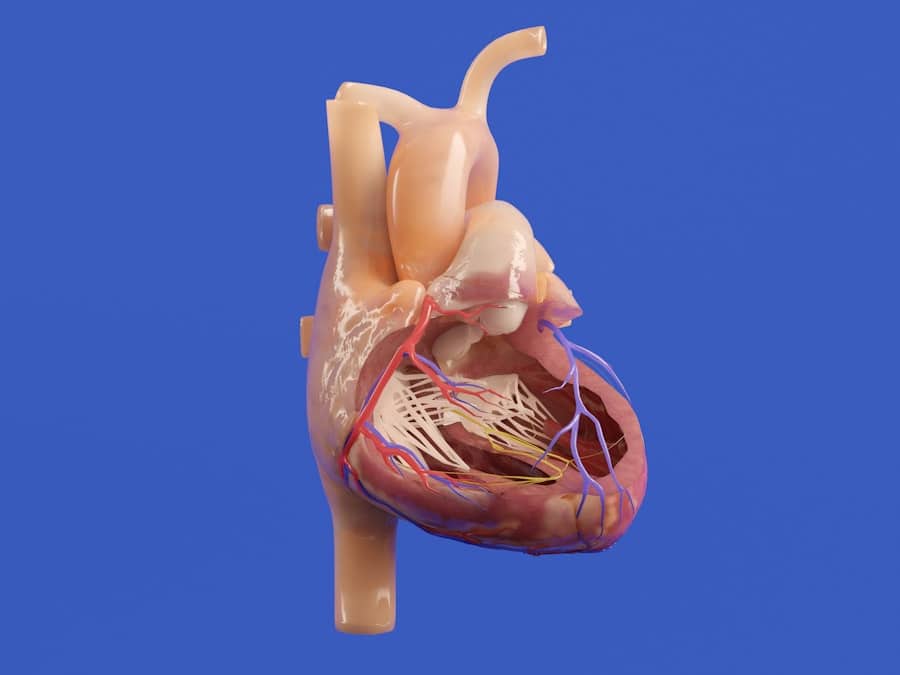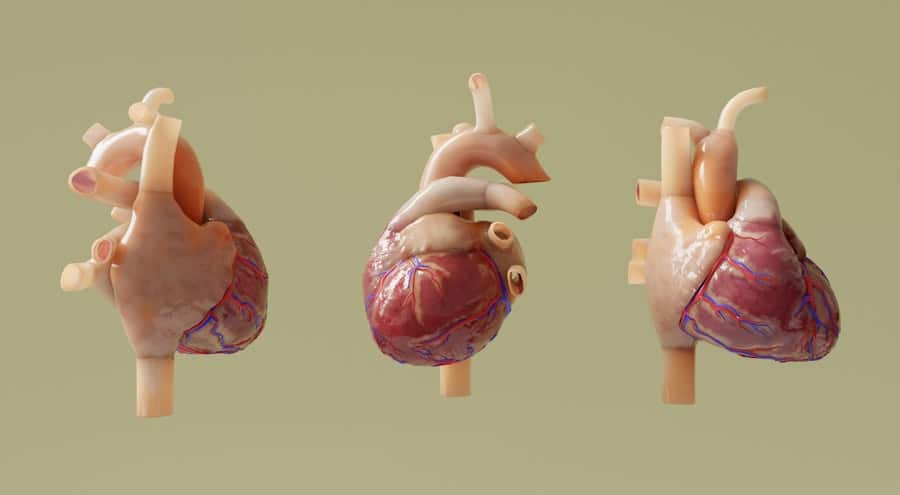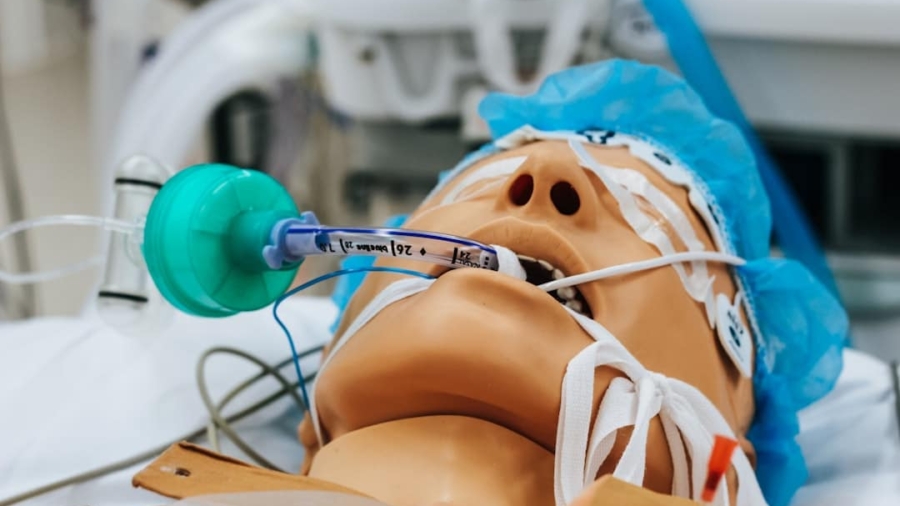The advent of digital technology has revolutionized numerous sectors, and healthcare is no exception. Among the most promising innovations is the concept of digital twins, which refers to virtual replicas of physical entities. In the context of healthcare, a digital twin can represent a patient, a medical device, or even an entire healthcare system.
This technology leverages real-time data and advanced analytics to create a dynamic model that mirrors the physical counterpart. By integrating data from various sources, including electronic health records, wearable devices, and imaging technologies, digital twins provide a comprehensive view of a patient’s health status and treatment responses.
The ability to simulate various scenarios allows healthcare professionals to predict how a patient might respond to different interventions. This predictive capability is particularly valuable in personalized medicine, where treatments can be tailored to the unique characteristics of each patient. As the healthcare industry continues to embrace digital transformation, the role of digital twins is expected to expand, offering new avenues for improving patient outcomes and operational efficiencies.
Key Takeaways
- Digital twins in healthcare are virtual replicas of physical patients, used to simulate and predict treatment outcomes.
- Using digital twins in healthcare can help personalize treatment plans and improve patient outcomes.
- Advantages of digital twins in healthcare include real-time monitoring, predictive analytics, and personalized medicine.
- Challenges of using digital twins in healthcare include data privacy concerns, accuracy of simulations, and integration with existing healthcare systems.
- Successful case studies of digital twins in healthcare demonstrate improved treatment outcomes and cost savings.
The Concept of Digital Twins in Simulating Patient Treatment Outcomes
Personalized Treatment Planning
By utilizing advanced algorithms and machine learning techniques, digital twins can predict how a patient will respond to specific treatments or interventions. For instance, if a physician is considering a new medication for a patient with chronic heart disease, the digital twin can simulate the potential effects of that medication based on the patient’s unique profile.
Population Health Insights
This simulation capability extends beyond individual patients; it can also be applied to populations or specific cohorts. By analyzing data from multiple digital twins, healthcare providers can identify trends and patterns that inform treatment protocols and public health strategies.
This predictive modeling not only aids in clinical decision-making but also enhances the overall understanding of disease dynamics and treatment efficacy.
Advantages of Using Digital Twins in Healthcare

The integration of digital twins into healthcare offers numerous advantages that can significantly enhance patient care. One of the most notable benefits is the ability to personalize treatment plans. Traditional approaches often rely on generalized protocols that may not account for individual variations in response to treatment.
Digital twins allow for a more nuanced understanding of how specific patients will react to different therapies, enabling healthcare providers to tailor interventions accordingly. This personalized approach can lead to improved outcomes, reduced side effects, and increased patient satisfaction. Moreover, digital twins facilitate proactive healthcare management.
By continuously monitoring a patient’s health data and updating the digital twin in real time, healthcare providers can identify potential issues before they escalate into serious problems. For instance, if a patient’s vital signs begin to deviate from their baseline readings, the digital twin can alert clinicians to intervene early. This shift from reactive to proactive care not only enhances patient safety but also reduces healthcare costs by preventing complications that require more intensive treatment.
Challenges and Limitations of Digital Twins in Simulating Patient Treatment Outcomes
Despite their potential benefits, the implementation of digital twins in healthcare is not without challenges. One significant limitation is the quality and availability of data required to create accurate digital models. Healthcare data is often fragmented across various systems and may not be standardized, making it difficult to aggregate and analyze effectively.
Inaccurate or incomplete data can lead to flawed simulations, which may ultimately compromise patient safety and treatment efficacy. Another challenge lies in the complexity of human biology and the multitude of factors that influence health outcomes. While digital twins can simulate many variables, they may not fully capture the intricacies of biological systems or the impact of social determinants of health.
Additionally, there are concerns regarding the interpretability of the algorithms used in creating these models. Healthcare providers must be able to understand and trust the predictions made by digital twins, which requires transparency in how these models are developed and validated.
Case Studies: Successful Implementation of Digital Twins in Healthcare
Several case studies illustrate the successful application of digital twins in healthcare settings. One notable example is the use of digital twins in cardiac care at hospitals like Mount Sinai in New York City. Researchers developed a digital twin model for patients with heart failure that integrates data from echocardiograms, lab results, and wearable devices.
This model allows clinicians to simulate various treatment options and predict outcomes based on individual patient profiles. As a result, physicians have been able to make more informed decisions regarding medication adjustments and lifestyle interventions, leading to improved patient outcomes. Another compelling case study comes from Siemens Healthineers, which has implemented digital twin technology in radiology.
By creating digital twins of imaging equipment, Siemens can simulate how different configurations affect image quality and diagnostic accuracy. This approach not only optimizes equipment performance but also enhances training for radiologists by providing them with virtual scenarios to practice on before working with actual patients. Such applications demonstrate how digital twins can improve both clinical practice and operational efficiency within healthcare organizations.
Ethical Considerations in Using Digital Twins for Patient Treatment Simulations

The use of digital twins in healthcare raises several ethical considerations that must be addressed as this technology becomes more prevalent. One primary concern is patient privacy and data security. Digital twins rely on vast amounts of personal health information, which must be protected from unauthorized access and breaches.
Healthcare organizations must implement robust data governance frameworks to ensure compliance with regulations such as HIPAA while maintaining patient trust. Additionally, there are ethical implications related to informed consent and autonomy. Patients must be adequately informed about how their data will be used in creating digital twins and what implications this may have for their treatment options.
Ensuring that patients understand the benefits and risks associated with this technology is crucial for maintaining ethical standards in healthcare practice. Furthermore, as predictive models become more sophisticated, there is a risk that patients may feel pressured to adhere strictly to recommendations derived from their digital twin simulations, potentially undermining their autonomy in decision-making.
Future Implications and Developments of Digital Twins in Healthcare
Looking ahead, the future implications of digital twins in healthcare are vast and promising. As technology continues to evolve, we can expect advancements in artificial intelligence and machine learning that will enhance the accuracy and predictive capabilities of digital twins. These improvements could lead to even more personalized treatment plans that consider an ever-expanding array of variables influencing health outcomes.
Moreover, as interoperability between different healthcare systems improves, the ability to aggregate data from diverse sources will enhance the robustness of digital twin models. This could facilitate more comprehensive simulations that account for social determinants of health alongside clinical factors. Additionally, as telemedicine becomes more integrated into standard practice, digital twins could play a crucial role in remote patient monitoring and management, allowing healthcare providers to deliver personalized care regardless of geographical barriers.
The Potential Impact of Digital Twins on Improving Patient Treatment Outcomes
The potential impact of digital twins on improving patient treatment outcomes is profound. By enabling personalized medicine through accurate simulations and predictive modeling, this technology has the capacity to transform how healthcare is delivered. As we continue to explore the possibilities offered by digital twins, it is essential to address the associated challenges and ethical considerations proactively.
With careful implementation and ongoing research, digital twins could become an integral part of modern healthcare systems, ultimately leading to better health outcomes for patients worldwide.
In a related article, Discover the Best Free Software for Home Remodeling Today, readers can explore how technology is revolutionizing the way we approach home improvement projects. Just as digital twins are used to simulate patient treatment outcomes, free software for home remodeling allows individuals to visualize and plan their renovation projects before any physical work begins. This article highlights the benefits of using digital tools to enhance the remodeling process and create more accurate representations of the final result.
FAQs
What is a digital twin?
A digital twin is a virtual representation of a physical object or system. It uses real-time data and simulations to mirror the behavior and characteristics of its physical counterpart.
How are digital twins used in healthcare?
In healthcare, digital twins are used to create virtual models of individual patients, including their unique physiology, medical history, and treatment plans. These digital twins can be used to simulate and predict treatment outcomes, optimize personalized treatment plans, and improve patient care.
What role do digital twins play in simulating patient treatment outcomes?
Digital twins can be used to simulate the effects of different treatment options on individual patients, allowing healthcare providers to make more informed decisions about the most effective course of action. By incorporating real-time data and predictive analytics, digital twins can help optimize treatment plans and improve patient outcomes.
What are the benefits of using digital twins in healthcare?
Using digital twins in healthcare can lead to more personalized and effective treatment plans, improved patient outcomes, and reduced healthcare costs. Digital twins can also facilitate medical research and drug development by providing a virtual platform for testing and simulating new treatments.
Are there any challenges or limitations to using digital twins in healthcare?
Challenges in using digital twins in healthcare include the need for accurate and comprehensive patient data, ensuring the security and privacy of patient information, and the complexity of integrating digital twin technology into existing healthcare systems. Additionally, the ethical considerations of using digital twins for medical decision-making must be carefully addressed.

